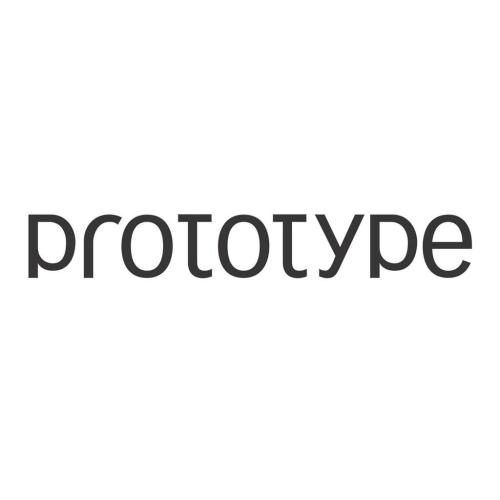Autonomous vehicles (AVs) are promoted as a technology that will create a future with effortless driving and virtually no traffic accidents. AV companies claim that, when fully developed, the technology will eliminate 94% of all accidents that are caused by human error. These AVs will likely avoid the large number of crashes caused by impaired, distracted or reckless drivers. But there remains a significant proportion of crashes for which no driver is directly responsible. In particular, the absence of connectivity of an AV with its neighboring vehicles (V2V) and the infrastructure (I2V) leads to a lack of information that can induce such crashes. Since AV designs today do not require such connectivity, these crashes would persist in the future. Using prototypical examples motivated by the NHTSA pre-crash scenario typology, we show that fully autonomous vehicles cannot guarantee safety in the absence of connectivity. Combining theoretical models and empirical data, we also argue that such hazardous scenarios will occur with a significantly high probability. This suggests that incorporating connectivity is an essential step on the path towards safe AV technology.
翻译:自主车辆(AV)被作为一种技术加以推广,它将创造未来,不费力地驾驶,实际上没有交通事故。AV公司声称,一旦完全开发,技术将消除人类错误造成的所有事故的94%。这些AV有可能避免由受损、分散或鲁莽的驾驶员造成的大量碰撞。但是,仍有相当大比例的撞车事故没有驾驶员直接负责。特别是,AV与其邻近车辆(V2V)和基础设施(I2V)缺乏连通性导致这种撞车的信息。由于AV设计今天不需要这种连通性,这些撞车将在今后继续存在。我们利用由NHTSA事故前情况类型所驱动的原型例子,表明完全自主的车辆无法保证连通性的安全。将理论模型和经验数据结合起来,我们还认为这种危险情况将非常可能发生。这表明,连接性是通往安全AV技术道路上的重要一步。





